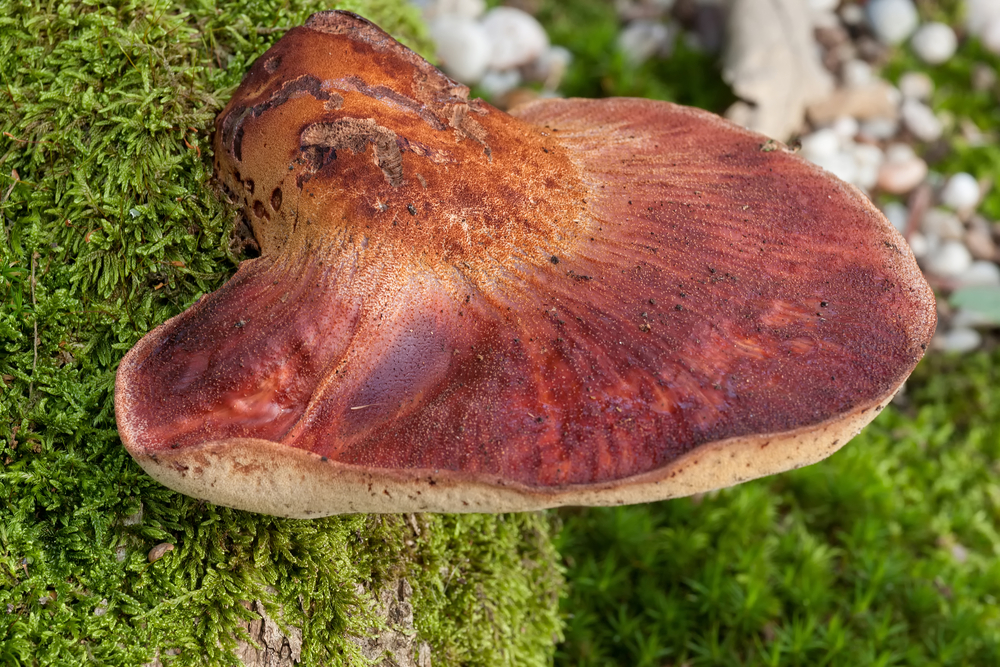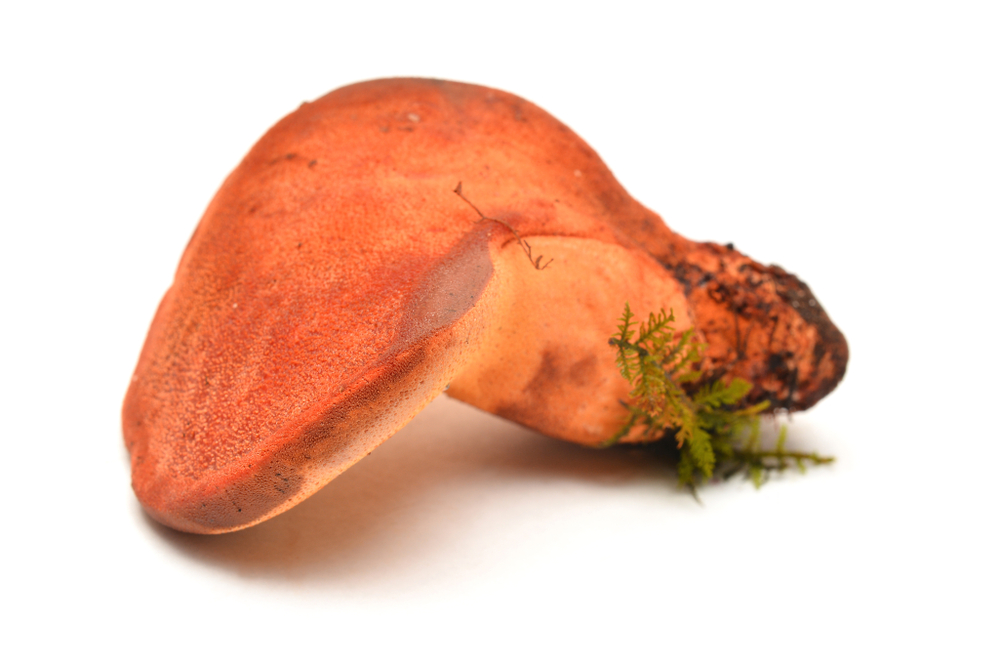The elephant ear mushroom, as the name suggests, is a kind of mushroom that looks like the ears of an elephant. However, did you know that it’s a broad term that’s used to describe several types of fungi?
Let’s take a look at the different types of elephant ear mushrooms, what they look like, and if they’re safe to eat.
How to Identify Elephant Ear Mushroom

The best way to see if a fungus is an elephant ear mushroom is to check the cap- they’re wide and are usually several centimeters wide, with a somewhat wrinkled, skin-like appearance that’s similar to an elephant’s ear.
Strictly speaking, there are several mushrooms that fall within the ‘elephant ear’ moniker, which means there’s more than one variety of the elephant ear in the wild. More importantly, a mushroom that has the appearance of having ‘elephant ears’ could be a false morel, and therefore not safe to eat.
Just to clarify, elephant ear mushrooms usually fall into the ‘false morel’ category, which means there’s uncertainty when it comes to their edible characteristics. If you’re foraging for food and chance upon a mushroom with elephant ears, exercise caution and leave it to the experts.
The color, size, and texture of an elephant ear mushroom vary. The color can be dark red or brown with a lighter-colored stem. You can usually find them growing on hardwood trees and deciduous woodlands, as well as coniferous forests and sandy soil. These mushrooms usually come up in spring to early summer, or April to July depending on the region and climate.
Kinds of Elephant Ear Mushrooms
The term ‘elephant ear mushroom’ encompasses several fungi varieties. Some of these false morels are called as such because they have elephant-like caps, and there are some species that are aquatic ones as well.
Here are four common mushroom types that are referred to as elephant ear mushroom.
Fistulina Hepatica
A type of fungus that goes by many names, including Beefsteak Fungus and Ox Tongue, Fistulina hepatica is probably the least-looking elephant’s ear on the list. The smooth cap appears dark red in color and looks similar to a slice of raw meat or an ox’s tongue.
Gyromitra Brunnea
Gyromitra brunnea is a false morel that has adapted the ‘elephant ear’ moniker. The light brown cap looks like an ear or a saddle and is wrinkled and lobed. The species can be found in the eastern and midwestern parts of the US, but if you find them in the wild then you shouldn’t pick them as they’re not edible.
Rhodactis Mussoides
An aquatic mushroom that serves as a live plant in aquariums, the large coral sports a leafy top and can grow upwards of 10 inches in diameter. This ‘elephant ear mushroom’ is sometimes called giant flower coral, great disc anemone, or giant cup mushroom. It’s worth noting that the specimen is carnivorous and prefers a diet of small fish.
Gyromitra Esculenta
A fungus from the Gyromitra species, the Esculenta variant has a dark red and brown cap and the requisite elephant ear shape. In some cases, the cap looks more like a brain than an ear. It’s also a false morel, which means it’s not edible to an extent. However, people have been known to eat Turban Fungus as long as it’s properly boiled and dried.
Can You Eat Elephant Ear Mushrooms?
You may be wondering, ‘is the elephant ear mushroom edible?’ The answer is yes, for the Fistulina hepatica and the Gyromitra esculenta variety.
However, you will need to have the mushroom properly prepared for it to be edible. False morels are widely known to look like morels, but they’re somewhat toxic and can lead to various health issues such as diarrhea, dizziness, vomiting, or even death.
When you find a mushroom that looks like an elephant ear, it’s best not to touch it or collect it for eating later. It might be better to stick to mushrooms found in the market or grocery stores as they’re deemed safe to eat.
When picking and consuming wild mushrooms, such as Morrel mushrooms, it’s better to err on the side of caution. Unless you’re with a professional, you shouldn’t touch or eat any of the fungi you find in nature.
